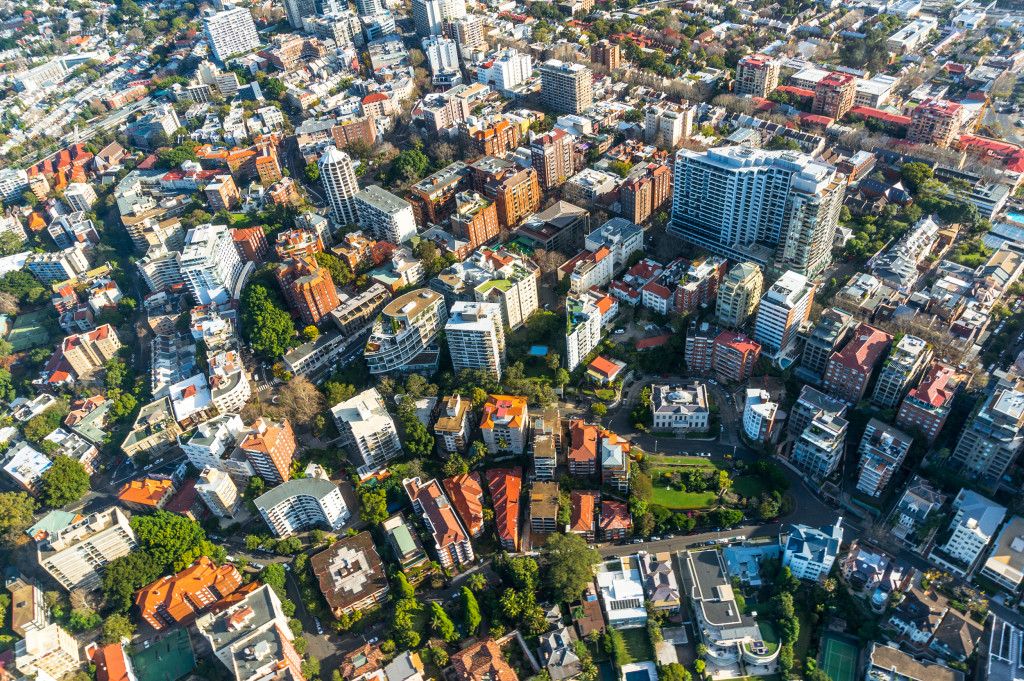Many community members are often unaware of the risks that exist in their community. The health and well-being of community members can be compromised by many things, including poor air quality, lack of healthy food sources, unsafe housing conditions, and more. These risks can lead to community members developing chronic diseases like respiratory illnesses.
Many community risk factors can harm the community as a whole which is why it’s so important for communities to identify these potential hazards and take steps towards mitigating their effects as soon as possible. For example, community members should invest in radon mitigation and testing to ensure that community members are not exposed to unsafe levels of radon gas.
Toxic chemicals in the environment can also pose a significant risk to community health and well-being, which is why community members need to avoid using toxic materials like pesticides when gardening or lawn care. Community members should take steps towards mitigating community risks by thinking about the welfare of others and refraining from causing problems for other people.
Community Risks
Communities face many health and safety risks, including violence, air pollution, and climate change. These issues affect the well-being of community members in a variety of ways. Below are examples of community risks that should be addressed as soon as they are manifested:
Air pollution
Air pollution is a community risk that community members should be aware of. The community risks associated with air pollution include respiratory problems, cardiovascular disease, and cancer. Air pollution usually stems from community members who don’t care about community health and safety, such as individuals who smoke, waste fuel in their vehicles, or businesses that release harmful chemicals into the air.
Community members can help to address this risk by respecting community rules related to the proper disposal of trash and wastes. Community members can also take a stand against community members who do not care about community health and safety.

Water pollution
Water pollution is another community risk to consider when thinking about health and safety hazards in the community. Water pollutants can cause gastrointestinal illness or lead to neurological disorders if they are ingested through contaminated water supplies.
Community members can help to reduce community risks by having a community water testing program in place. This will allow community members to identify any pollutants affecting the health of community residents and take action against those responsible for putting harmful chemicals into community waterways.
Community education programs related to community safety also play an important role in reducing these community risks. When members of the community are educated about these problems, they will be more likely to take action against these risks.
Community risks can affect people of all ages, so community leaders and community organizations need to develop programs that address these community health concerns. People at a higher risk include pregnant women, infants, young children under the age of six years old, senior citizens, and people who have a pre-existing medical condition.
Violence
Violence is a community risk that community members should be aware of. Children are particularly vulnerable to community violence, especially when they hang out with older kids or go to places with a high risk of community violence. Community leaders should consider developing programs that offer protection for children at higher risk of community violence.
Violence can increase the risk of obesity in individuals because it often causes stress and depression. Examples of manifestations of community violence include community riots, community-related homicides, and community violence against children.
Even problems with homeless individuals can result in increased risks of violence. This is because community members may perceive the community as unsafe when there are homeless individuals in that area. Therefore, community leaders and authorities need to do what they can so that community members feel safe and protected.
Community leaders need to ensure that community programs are in place so that they can help community members who might be at higher risk of community violence, such as those who may have a history of drug abuse or mental illness. Furthermore, these community leaders should also work with the police force to increase protection for children and other individuals to keep them safe all the time.
Dealing with Health and Safety Risks
Community health risks are some of the biggest community health concerns these days, so community organizations must do everything they can to reduce community health risks in their areas for the well-being of all community members. It is also important that everyone take action against community vulnerabilities by keeping up with measures that community health officials implement to reduce community health and safety risks.
Community leaders should work with community members in the community and government agencies that are invested in keeping people safe, which includes law enforcement agencies like police forces or local governments. Community organizations can also partner up with community-based non-profit groups who have experience dealing with community health and safety issues so that they can help in terms of guaranteeing the safety and well-being of community members.




